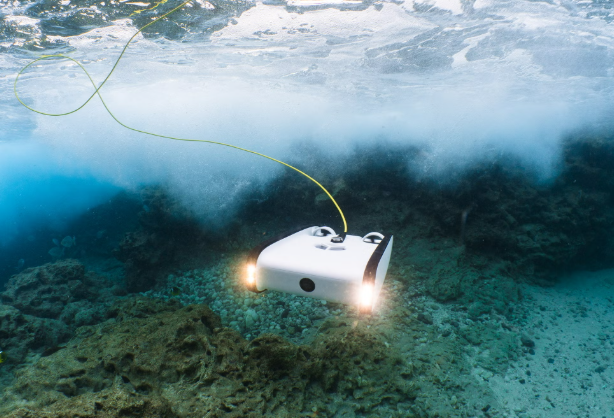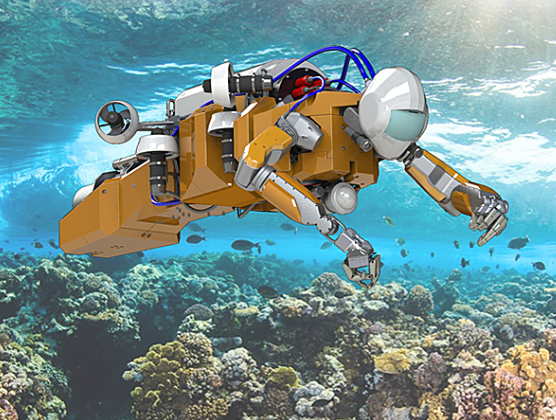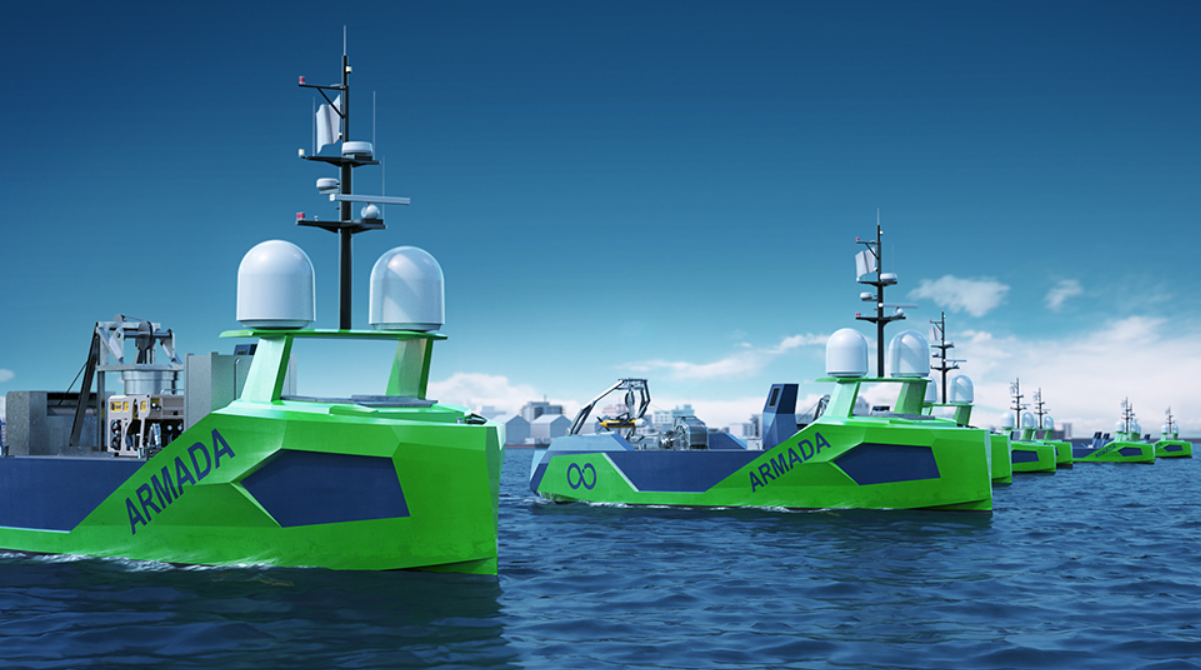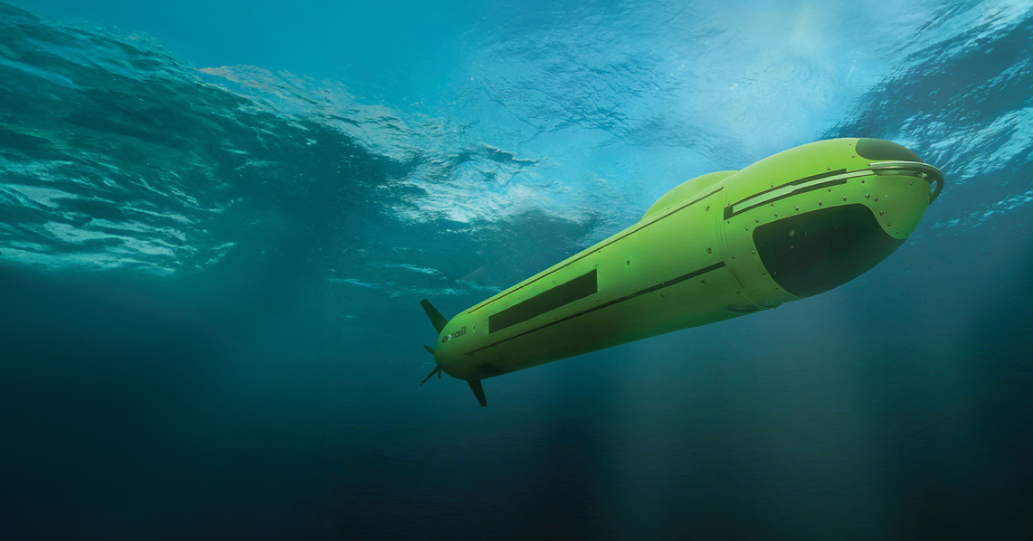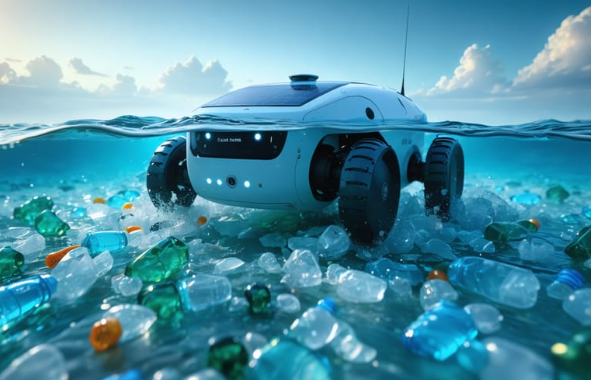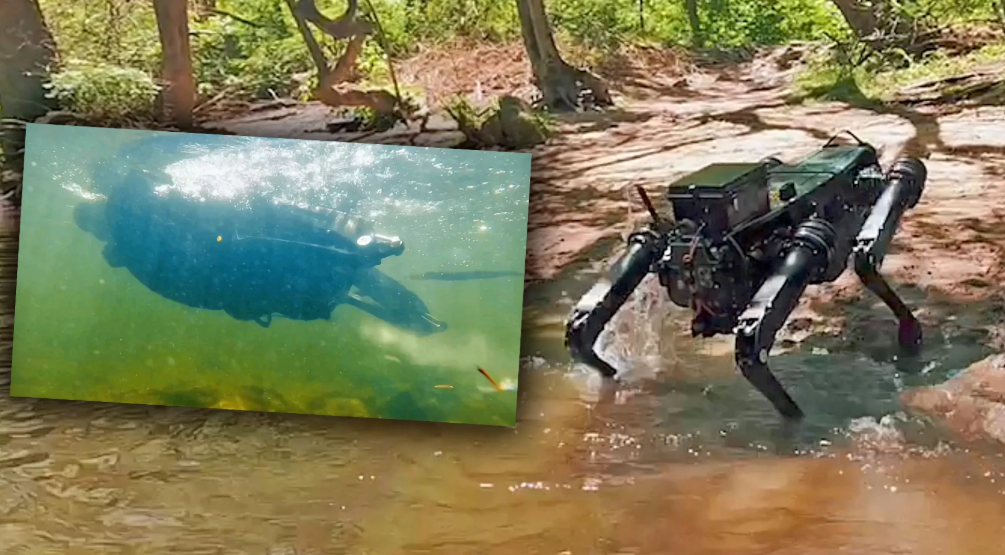Beneath the churning surface of our vast oceans, a silent revolution is unfolding. Ships sink beyond recovery? Ancient ecosystems vanish unmapped? Critical underwater infrastructure falters unseen? These were once intractable problems. Today, fleets of intelligent machines are plunging into the depths, operating with unprecedented independence to confront these challenges head-on. Marine Robot Autonomy – the sophisticated ability of underwater vehicles (AUVs, ROVs, USVs) to perceive, decide, and act in complex, unpredictable marine environments with minimal human oversight – isn't just changing ocean exploration; it's rewriting humanity's relationship with the deep blue.
What Exactly is Marine Robot Autonomy?
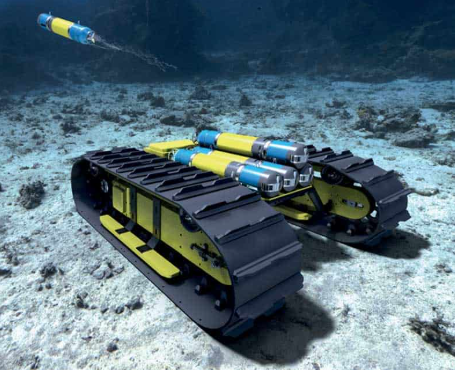
Unlike traditional remotely operated vehicles (ROVs) tethered to surface ships, autonomous marine robots leverage cutting-edge AI, advanced sensors, and adaptive control systems to operate independently for extended periods. These systems combine:
Environmental Perception: Multibeam sonars, HD cameras, and chemical sensors create real-time 3D maps of underwater terrain.
Machine Learning Decision-Making: Neural networks process sensor data to identify obstacles, track targets, and adjust mission parameters.
Self-Preservation Intelligence: Autonomous collision avoidance, buoyancy control, and emergency surfacing protocols.
This trifecta enables vehicles like the Deep Trekker REVOLUTION ROV to conduct complex missions – from pipeline inspections to scientific sampling – without constant human intervention.
The 3 Breakthroughs Supercharging Marine Robot Autonomy
1. Swarm Intelligence: The Power of Collective Decision-Making
Pioneered by institutions like MIT's Ocean Engineering Department, underwater drone swarms now demonstrate emergent behaviors where dozens of AUVs collaboratively map ocean currents or locate crash sites 40% faster than solo vehicles. These systems use bio-inspired algorithms mimicking fish schooling behavior.
2. Self-Healing Mission Plans
Modern autonomous underwater vehicles (AUVs) can now dynamically replan routes when encountering unexpected obstacles. The Kongsberg HUGIN series uses probabilistic terrain matching to navigate featureless abyssal plains with <1m accuracy – crucial for deep-sea mining surveys.
3. Edge Computing Below the Waves
With the advent of waterproof machine learning processors like NVIDIA's Jetson AGX Orin, AUVs now process terabytes of sonar data locally rather than surfacing for analysis. This enables real-time identification of hydrothermal vents or mineral deposits during missions.
5 Industries Being Transformed by Marine Robot Autonomy
Offshore Energy: Autonomous inspection drones prevent $26B/year in subsea oil/gas infrastructure failures.
Marine Archaeology: AI-powered AUVs recently mapped 92% of the Titanic wreck site in one mission – a task impossible for human divers.
Aquaculture: Self-navigating drones monitor fish health and feeding patterns across 360° underwater cages.
Climate Science: Harvard's "Seaglider" fleet autonomously tracks ocean acidification across 2,000km transects.
Naval Defense: The US Navy's ACTUV program deploys unmanned vessels that can shadow submarines for months.
FAQs About Marine Robot Autonomy
How long can autonomous marine robots operate underwater?
State-of-the-art AUVs like the Slocum Glider can function for up to 5 years on battery power, surfacing periodically to transmit data via satellite. Wave-powered models like Liquid Robotics' Wave Glider theoretically have unlimited endurance.
Can marine robots truly make decisions without human input?
While constrained by pre-programmed mission parameters, modern systems demonstrate adaptive reasoning. For example, the Ocean Infinity Armada can autonomously prioritize search areas during wreck investigations based on real-time sonar findings.
What's preventing 100% underwater autonomy today?
Key challenges include acoustic communication limitations (radio waves don't penetrate water), energy constraints for high-power sensors, and the lack of universal underwater GPS. However, new inertial navigation systems and underwater laser comms are rapidly closing these gaps.
The Future of Marine Robot Autonomy
Within this decade, we'll witness autonomous systems conducting deep-sea mining operations at 6,000m depths, repairing transoceanic internet cables with robotic manipulators, and perhaps even discovering new species in hadal zones. As battery technologies improve and AI becomes more sophisticated, the line between remotely operated and fully autonomous marine robots will blur – ushering in an era where our oceans are continuously monitored and maintained by intelligent machine ecosystems.

